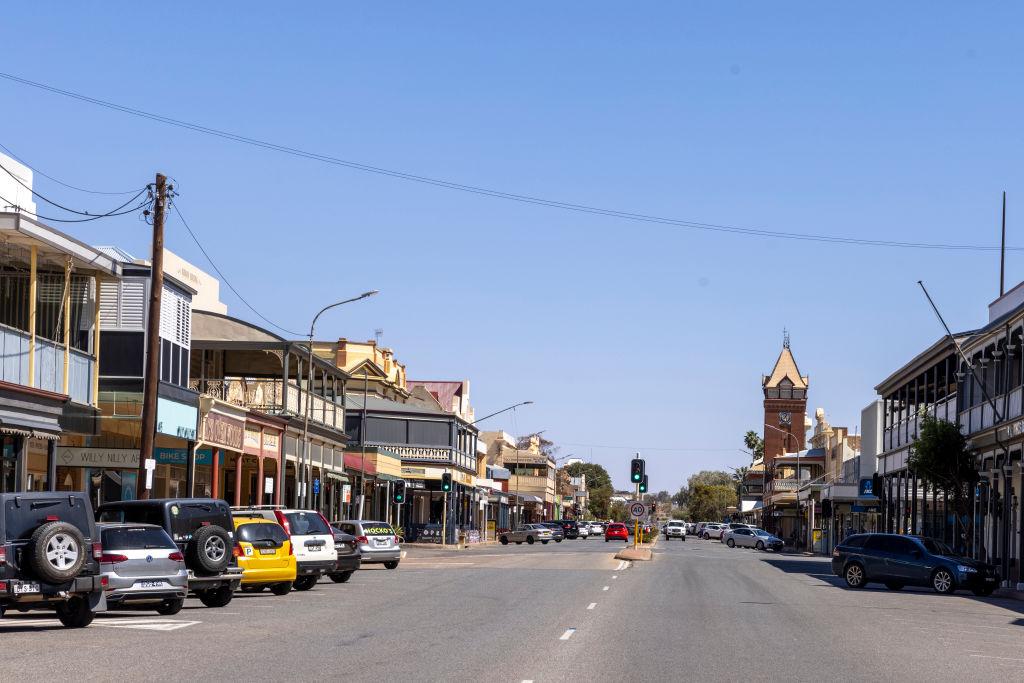Regional New South Wales (NSW) has become the most popular destination for Australian metropolitan movers amid a city exodus caused by high living costs and lifestyle changes.
The Commonwealth Bank of Australia and the Regional Australia Institute have released a new report indicating the latest trends in the movement of people between capital cities and regional areas.





